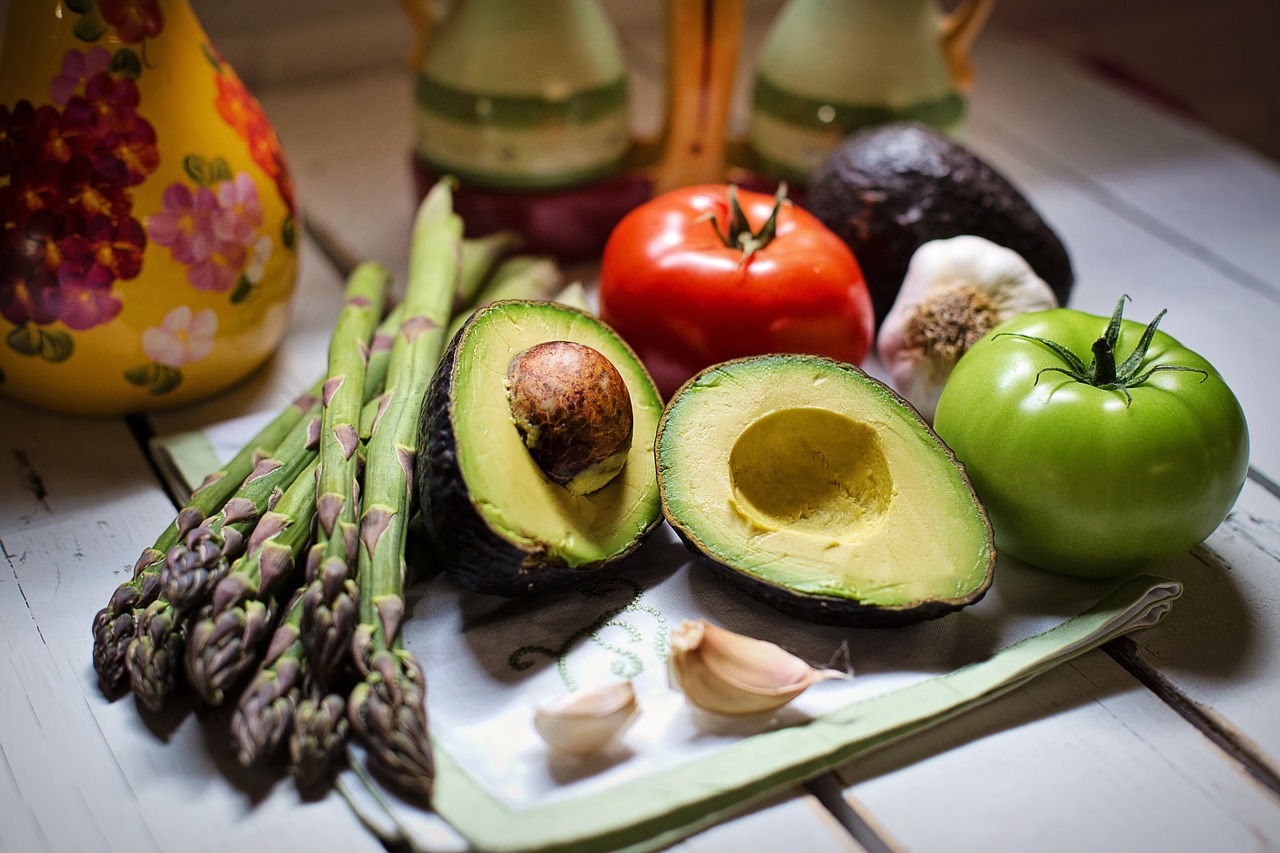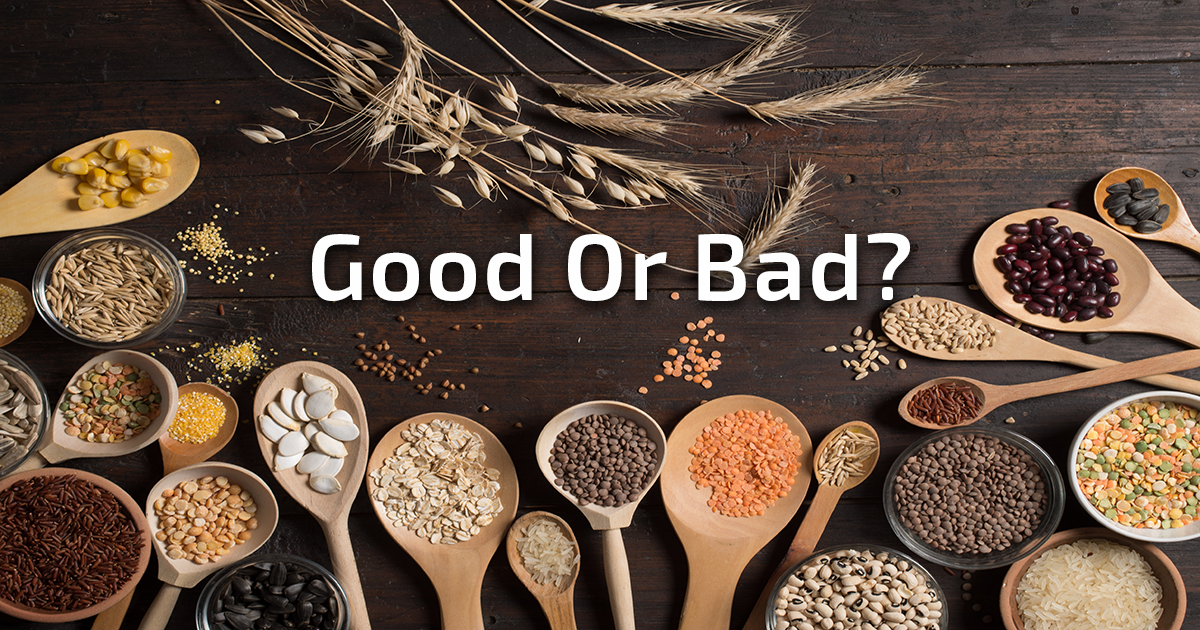Foods that may help reduce inflammation:
Stress, inflammatory foods and low activity levels can put your body in greater risk of the inflammation. Our body produces inflammation to help our immune system fight infection or injury. But there are more serious side effects that can lead to disease and autoimmune disease. Your immune system becomes activated when your body recognizes anything that is foreign, such as invading microbe, plant pollen or chemical. This often triggers a process called the inflammation.
Studies have shown that with right diet we can control inflammation in our bodies or we can invoke it with the wrong diet.
Here is the list of the top foods that fight inflammation
1. Avocados

Avocados are superfoods worthy of the title.
They are packed with the potassium, magnesium, fiber, and hearth healthy monounsaturated fats. They are full of caretenoids and tocopherols, which are linked to reduce cancer risk according to the research of on California Hass avocados.
2. Green Tea

For thousands of years Chinese cultures have been using the healing properties of green tea as their medicine. Many benefits of the green tea come from its antioxidant and anti-inflammatory properties especially a substance called epigallocatechin-3-gallate (EGCG).
3. Turmeric

Turmeric is a spice with a strong earthy flavor often used in the Indian dishes. It has powerful anti-inflammatory nutrient curcumin. Studies have shown turmeric to be effective at reducing the inflammation related to the diabetes, arthritis and other autoimmune diseases.Turmeric is recommended to be used in combination with the black pepper.
4. Berries

Berries are small fruit that are antioxidant powerhouse.
Most popular varieties are:
- Strawberries
- Raspberries
- Blueberries
Berries contain the antioxidants called anthocyanins. According to scientists people who eat berries every day have lower inflammatory markers associated with the heart disease.
5. Ginger

Chinese and Indian cultures have been using the ginger for its medicinal properties for thousand of years. Anti-inflammatory and antioxidant compounds found in ginger that are beneficial to health include gingerols, beta-carotene, capsaicin, caffeic acid, curcumin and salicyate.
6. Olive Oil

Olive oil is loaded with the powerful antioxidants. Key among antioxidants is oleocanthal. Studies have shown that people leaving in Mediterranean countries have less hearth-associated diseases. Olive oil is famous for its good fats. The main type of fat found in all kinds of olive oil is monounsaturated fatty acids (MUFAs). MUFAs are considered a healthy dietary fat. In addition, some research shows that MUFAs may benefit insulin levels and blood sugar control, which can be helpful if you have or are at risk of type 2 diabetes.
References:
https://www.healthline.com/nutrition/13-anti-inflammatory-foods


